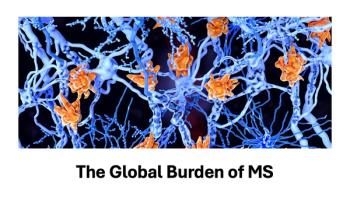
Think bigger when measuring remote monitoring effects
Remote monitoring studies are missing the mark when assessing the value of the technology. Here’s why.
The highly publicized and disappointing results of two recent controlled trials on the effectiveness of mobile health and telemonitoring have shaken the digital health movement.
BilodeauStudy #1: This study, released in
Study #2: This study, released in
So what's going on here? Have the digital health hypemeisters sold us a bill of goods?
Each study sought to find out if the addition of remote monitoring technology reduced costs or improved outcomes beyond the baseline program. That should be the focal purpose of any intervention, including telemonitoring, right?
Wrong, and here’s why.
SchmulandWe know that the experiences, exposures, habits, and social forces of life are critical determinants of health and recovery, and in many cases are more powerful than what happens inside the patient and care facilities. But the outside-the-facility outreach programs that work best for managing patients with chronic disease today (such as telemonitoring programs like those studied above) are costly and labor intense because they require nurse case managers and interdisciplinary care teams-which explains why the cost-benefits of chronic disease management programs have, so far, been elusive.
But imagine for a moment how the efficiency and impact of these programs might increase if remote monitoring, real-time data analytics, agents, and programmatic communications could be harnessed to work on behalf of these case managers and interdisciplinary teams? And, instead of case managers getting a few fragmented data snapshots of the patient on a computer screen, intelligent agents could analyze continuous sensor data streams for worrisome trends over weeks, days, and even minutes.
Could one of the breakthrough benefits of digital health simply be improving the productivity, effectiveness, and case-load capacity of health professionals, freeing them to focus on the highest priority tasks and accomplish more in a workday than they could ever before imagine?
The two studies mentioned are missing important information that might have changed the conclusions. Metrics that measure how remote monitoring might have improved the productivity, effectiveness and case load capacity of the health professionals responsible for reducing costs and utilization of healthcare resources are critical to consider.
To capture the full value of digital health, future clinical effectiveness studies will need to incorporate these two questions in clinical trials:
- Does the technology increase the productivity and work flow of the health professionals by empowering them to manage more patients with the same or less effort?
- Does the technology empower health professionals and teams to get more of the right things done and improve coordination between team members?
Brian Bilodeau is general manager, Microsoft Health. Dennis Schmuland, MD, FAAFP, is chief health strategy officer, Microsoft U.S. Health & Life Sciences.
Newsletter
Get the latest industry news, event updates, and more from Managed healthcare Executive.






















































